Trend research: using social listening to discover trends Talkwalker
Get tips and tricks on using social listening to improve your trend research
December 9, 2020
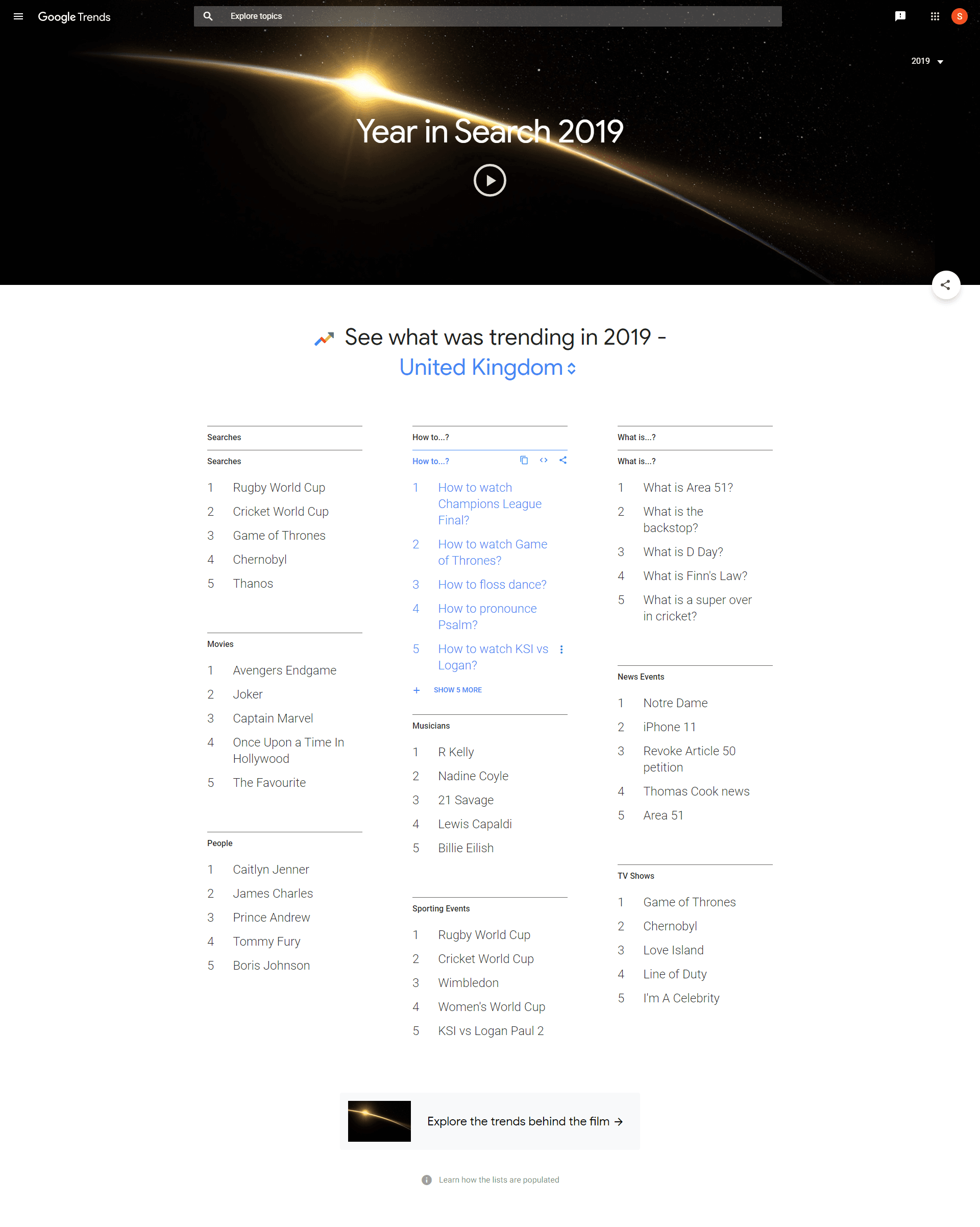
Start researching trends in your industry
In this blog post, I’m going to take a look at some of the tools and techniques you can use to discover key trends, and share some examples of how different teams will benefit from doing trend research. But first...
Why is trend research so important?
Depending on the types of tools you use, you can identify all sorts of trends in your target audience. By analysing the conversations they’re having online using social listening, you can gain valuable information that will help you to increase engagement, improve your products or services, and grow your business.
For marketers, staying on top of the latest industry trends is important. To market a product or service effectively, you need to be able to engage your audience and gain their trust. One way of doing this is to demonstrate your leadership within the industry through your knowledge of the key challenges and opportunities your customers face. Through trend research, you can identify the topics that will be most relevant to your audience, and create useful and engaging content around them. By tracking trends around how your customers inform themselves and connect with each other, you can identify the best channels to share the relevant content you’re producing. And by following trends in the language or hashtags that are used by your target audience, you can incorporate this into your content and campaigns to help create a more authentic connection.
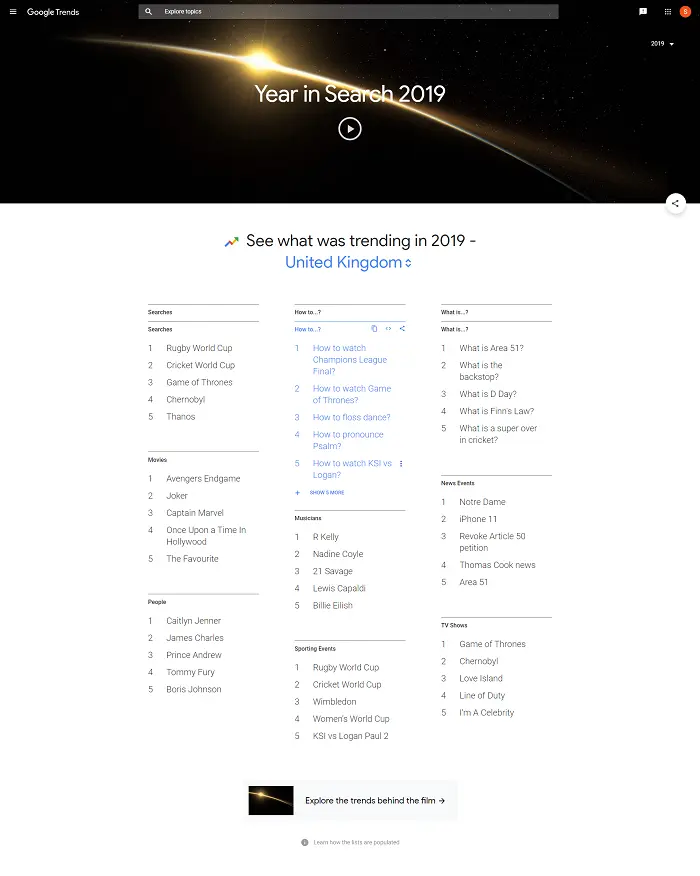
Tools such as Google Trends give a great overview of trends in different regions.
By listening to customers’ pain points, or tracking trends around key challenges within your industry, you can identify areas where you can help, and provide a solution. This can be a great source of ideas for product teams to help with their product development strategy. Customer service teams can also benefit from trend research, again by understanding the key conversation topics in their industry around customer experience. For example, if there is a growing trend towards the use of chatbots in your industry, as a way to provide quick assistance to customers, this could be something your company might want to invest in.
Discover trends shaping your industry
How can you discover the trends that are relevant to your business?
Embarking on identifying the most relevant trends in any industry can be daunting, but here are some easy techniques to help you out.
Set up an alert
To make sure you’re aware immediately of any changes or new announcements within your industry or a particular audience group, it’s a good idea to set up an alert. You can do this through Google Alerts, for example or use another alert system such as Talkwalker Alerts. This works in a very similar way to Google - simply type in the topic or phrase you want to track and receive alerts whenever you choose. If you’ve chosen a topic that is likely to be talked about a lot, you might want to receive daily or weekly alerts, rather than instant ones, to prevent your inbox overflowing!
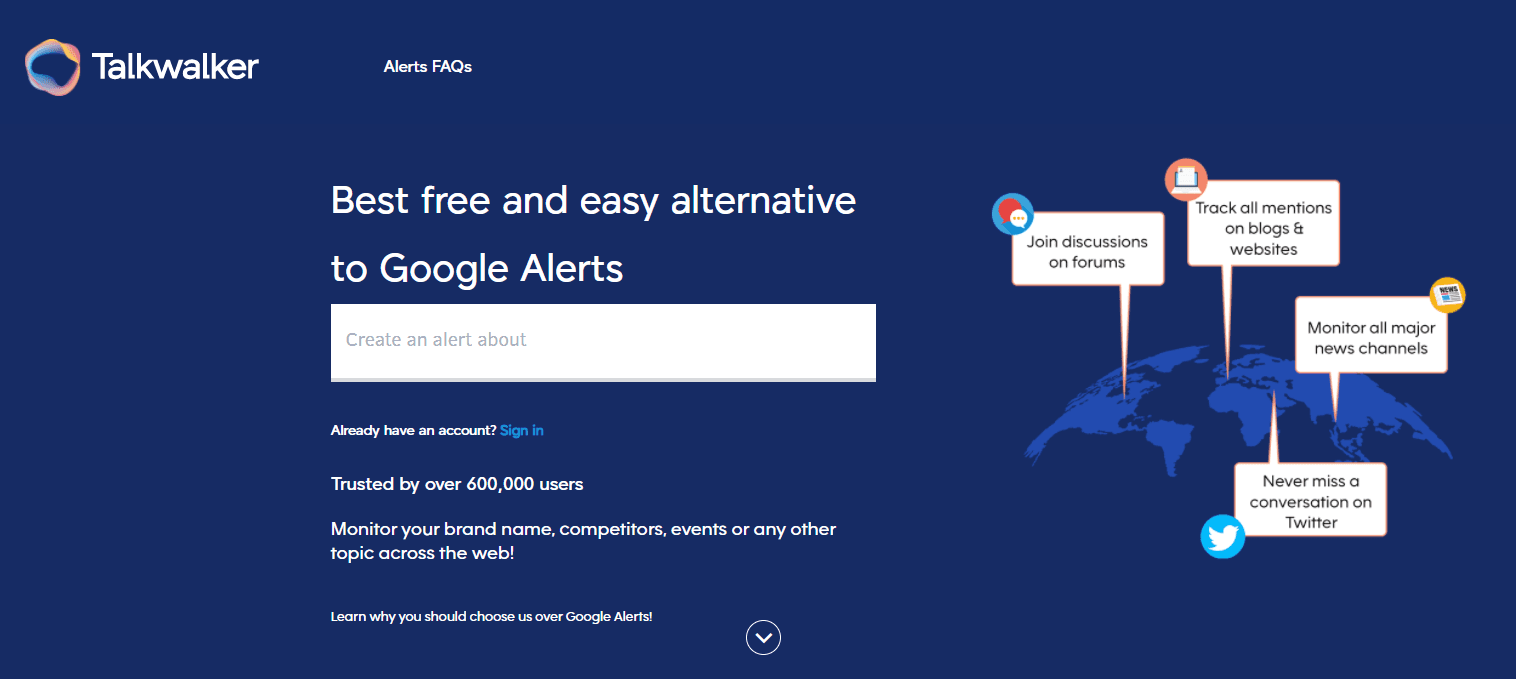
Subscribe to relevant publications and set up an RSS feed
Industry specific publications will always have their finger on the pulse when it comes to trends, so make sure you subscribe to all relevant publications, especially the ones you know are trusted by your target audience. To save the time of visiting every news site individually, you can also consider setting up an RSS feed to aggregate all the articles of interest to you in one place. There are also a number of useful news aggregator sites out there that create a much better user experience, such as Feedly, Pocket, or Flipboard.
Follow key influencers in the industry
Influencers are called influencers because they do just that. Influence people. They’re essentially trend-setters. So, in order to keep on top of the latest trends, it’s important to follow the key influencers in your industry and listen to information they share, because chances are, your audience is doing the same thing. If you’re able to engage in the same topics and conversations, and reference the same people your customers trust as sources of information, you’ll be able to build a more authentic relationship.
A really great way to identify influencers is with a social listening tool. When searching the topics relevant to your industry, you'll be able to see who is talking about them the most and, more importantly, whose posts and articles are seeing most engagement. The more engagement with a person, the more influence they are likely to have.
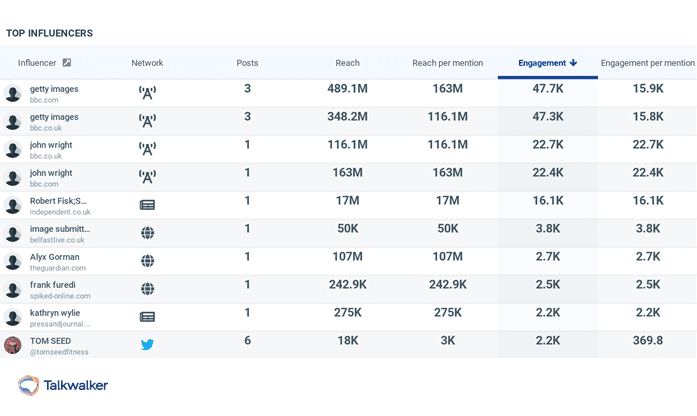
Talkwalker Quick Search can help identify top influencers on any topic.
Use a social listening tool
And this brings me on to my final technique. Social listening. On the most basic level, using a social listening tool will help you to quickly identify the topics that are being talked about most in your industry, the people who are talking about them, and where they are being talked about. Using a tool like Talkwalker’s Quick Search, not only do you get all this information, but you can also discover key themes and hashtags that are used for any given topic, and get detailed information about audience demographics. Through sentiment analysis, you can also discover whether people feel positively or negatively towards a particular topic, helping you to gauge your tone when addressing that topic.
To take your trend research to the next level, you could also consider using a tool such as Conversation Clusters. This helps you to identify the links between different conversations. People are not one dimensional - they don’t have conversations in isolation. Thoughts and discussions are triggered throughout conversations, so through conversion clusters, you can identify adjacent, but related topics. By tracking these, you can potentially unlock a whole new set of trends that might not be immediately apparent, by looking at specific industry related topics.
For example, an alcoholic beverage brand will likely be interested in trends within the food & beverage sector (specifically, alcohol), but through searching the conversations their audience are having, they will be able to discover trends that are indirectly related to alcohol but still important. Such as, trends in electronic music. A lot of people drink while they’re partying, so an adjacent interest could be music and DJs. By understanding these wider trends, you can create a fuller picture of your target audience and their interests, and create a more authentic connection with them.
You can discover what else you can do with social listening in our social media listening guide.
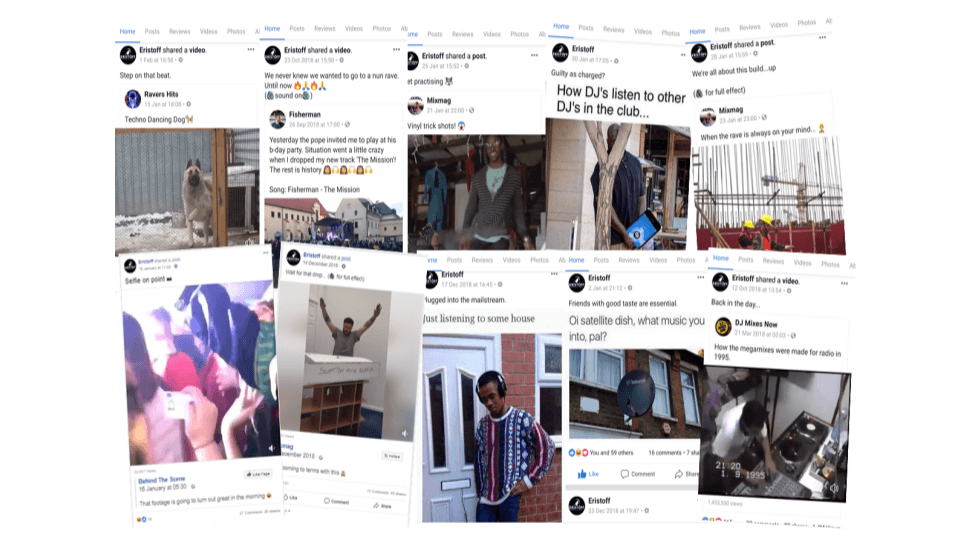
Bacardi’s brand, Eristoff, shared memes relating to electronic music to connect with their audience.
Uncover trends influencing your audience
Trend research use cases
So, how might trend research using social listening look in action?
Trend research for marketers
You’re a marketer for a UK sportswear brand who has just launched a new CrossFit clothing line. You want to understand more about the trends in this particular sport so that you can create relevant and engaging content to attract this new target market.
First, you can start by looking at some of the key themes that are mentioned by people talking about CrossFit and some of the hashtags being used.
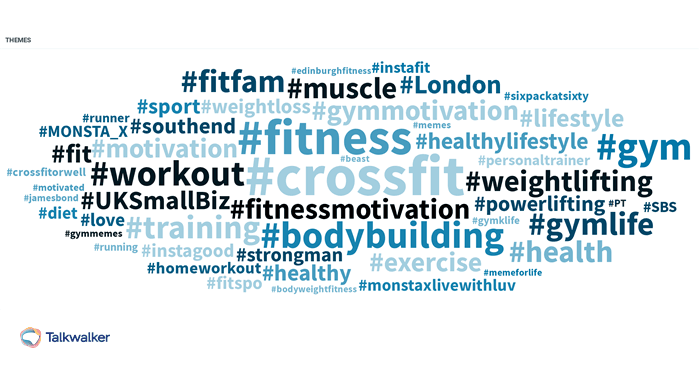
Quick Search identifies the top hashtags around CrossFit in the UK from the last 6 months.
Here we can see that health and healthy lifestyles feature very heavily, showing that as well as keeping fit and strong, those who are involved in CrossFit are interested in healthy lifestyles more holistically. As a result, content that goes beyond the sport and into health more generally (e.g., nutrition) could be of interest.
We can also see a number of hashtags that refer to different communities - #fitfam, #UKSmallBiz. This suggests a community and social element to CrossFit. This could be a great opportunity for an apparel brand to either get involved in an existing community, to engage and promote their products, or to create a new community around their brand.
Finally, we also see a lot of references to body building, muscle and weightlifting, which gives an indication of the main motivation for many people taking up CrossFit. Those that work hard on developing their muscles, are likely to look for clothing that emphasises this. Therefore, if you’re marketing a CrossFit range of clothing, it makes sense to focus on the features that match this.
We can also take a look at some of the interests of the people talking about CrossFit.
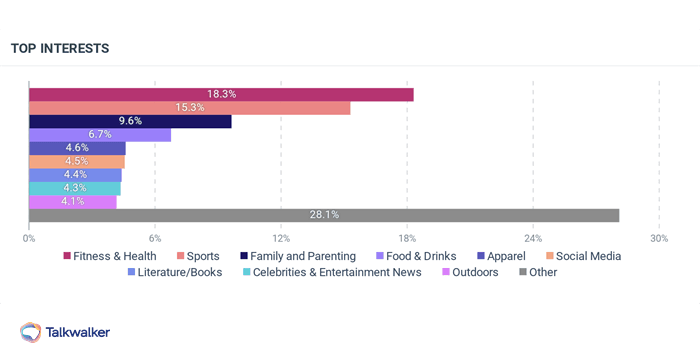
Top interests of people mentioning CrossFit in the UK (last 6 months).
In addition to Fitness & Health and Sports (as you’d expect), family and parenting is a top interest for almost 10% of people talking about CrossFit, suggesting it’s a hobby that many parents take up to stay fit. This knowledge can help marketers to refine their knowledge of the brand’s target market.
To dig a bit deeper into some of the trends surrounding CrossFit, we can take a look at a conversation cluster on the topic.
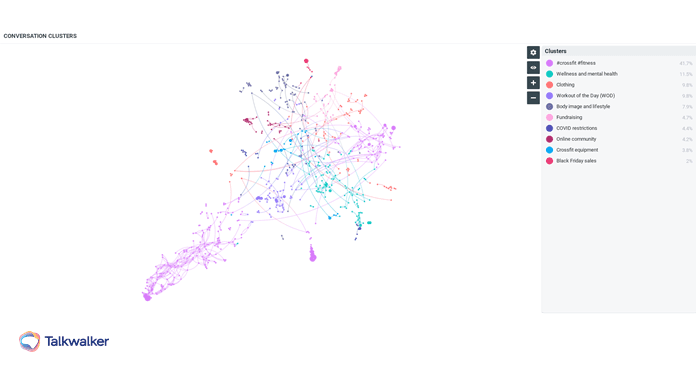
Conversation clusters show the interconnectivity of different topics around CrossFit
Here we can see a number of connections between conversations around mental health and body image, showing this to be a consideration for many people involved in CrossFit. As a marketer, if you can tie these topics into your content in a way that is authentic to your brand, you have the potential to engage and create meaningful connections with your target audience in the CrossFit community.
Start researching trends in your industry
Identifying trends in customer experience
Now imagine you’re a customer service manager at a leading bank. You want to discover some of the likely pain points of your customers, particularly around online banking - which became more prevalent during the pandemic - in order to pre-empt any complaints and solve issues before they arise. A good place to start is to identify trends around customers’ negative sentiment towards online banking.
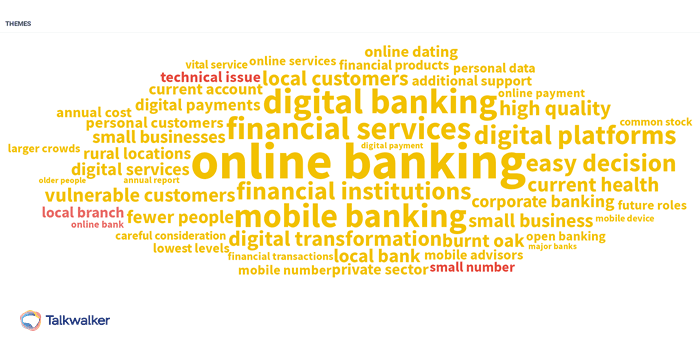
Theme cloud highlights the sentiment of themes related to online banking in the UK over the last 6 months.
By using Quick Search to identify key themes, and highlighting them by sentiment, we can already quickly see that ‘technical issues’ and ‘local branches’ create negative sentiment. Understanding that technical issues create negative sentiment among customers, means that the customer service team can track comments specifically around this topic, and be ready to flag to the product or IT departments if one arises in the future.
The comments around ‘local branch’ refer to the reduced number of physical bank branches, as face to face interaction is being replaced by online service. For some, particularly older customers who are less tech savvy, this is seen as a decline in customer experience, so it’s something that customer services managers in banks need to consider in the long term.
We can delve a little deeper into the topics that customers identify as pain points by looking only at the themes that are mentioned with negative sentiment.
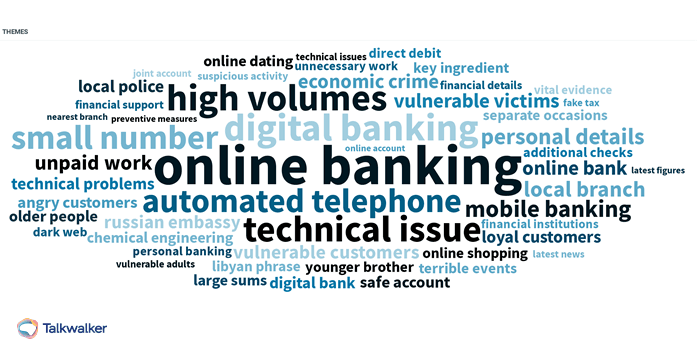
Honing in on the negative themes around online banking in the UK over the last 6 months.
Again, alongside technical issues, ‘automated telephone’ is a phrase that features heavily in negative comments about online banking. This expands on the pain point around fewer local branches, as people are forced to call up their bank with issues, facing complex automated phone systems before they can speak to real people. As a customer service manager within a bank, this identifies a key area to tackle to ensure a better customer experience around communication with the bank.
We also see some references to ‘vulnerable victims’ and ‘economic crime’. This is an issue that has grown during the pandemic, particularly financial abuse as part of domestic violence. We’ve already seen banks, such as Monzo, trying to tackle this by creating secure alert systems that allows victims to report financial abuse without putting themselves in danger.
Banks aren’t dealing with #FinancialAbuse. #Monzo has an answer https://t.co/9q51xnflyh #fintech #finserv #banking @mrjoshz @wired #challengerbank pic.twitter.com/H8M7b4kRZx
— Spiros Margaris (@SpirosMargaris) September 14, 2020
This shows that, by identifying and investigating key trends around customer pain points, you can create a much better experience for your customers, and come up with new product ideas at the same time.
Uncover trends influencing your audience
These are just a couple of examples of how you can use social listening tools to improve your trend research, whatever role you’re in. Whether it’s identifying content topics, learning more about your customers’ pain points or understanding how to improve your product or service in a way that meets your customers’ needs, trend research plays a key role. To start discovering trends around the industry you work in, why not request a free demo and play around with Quick Search yourself.

